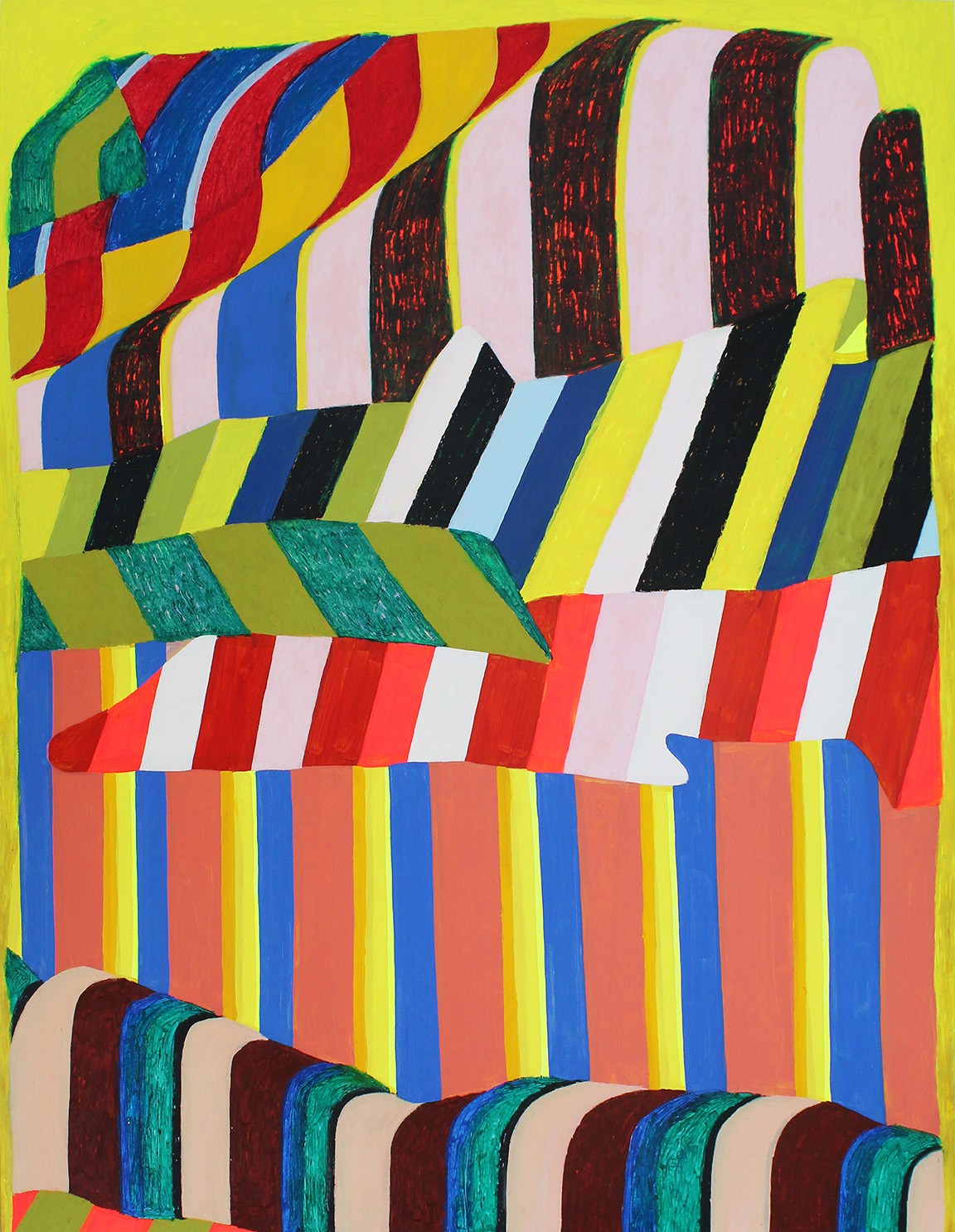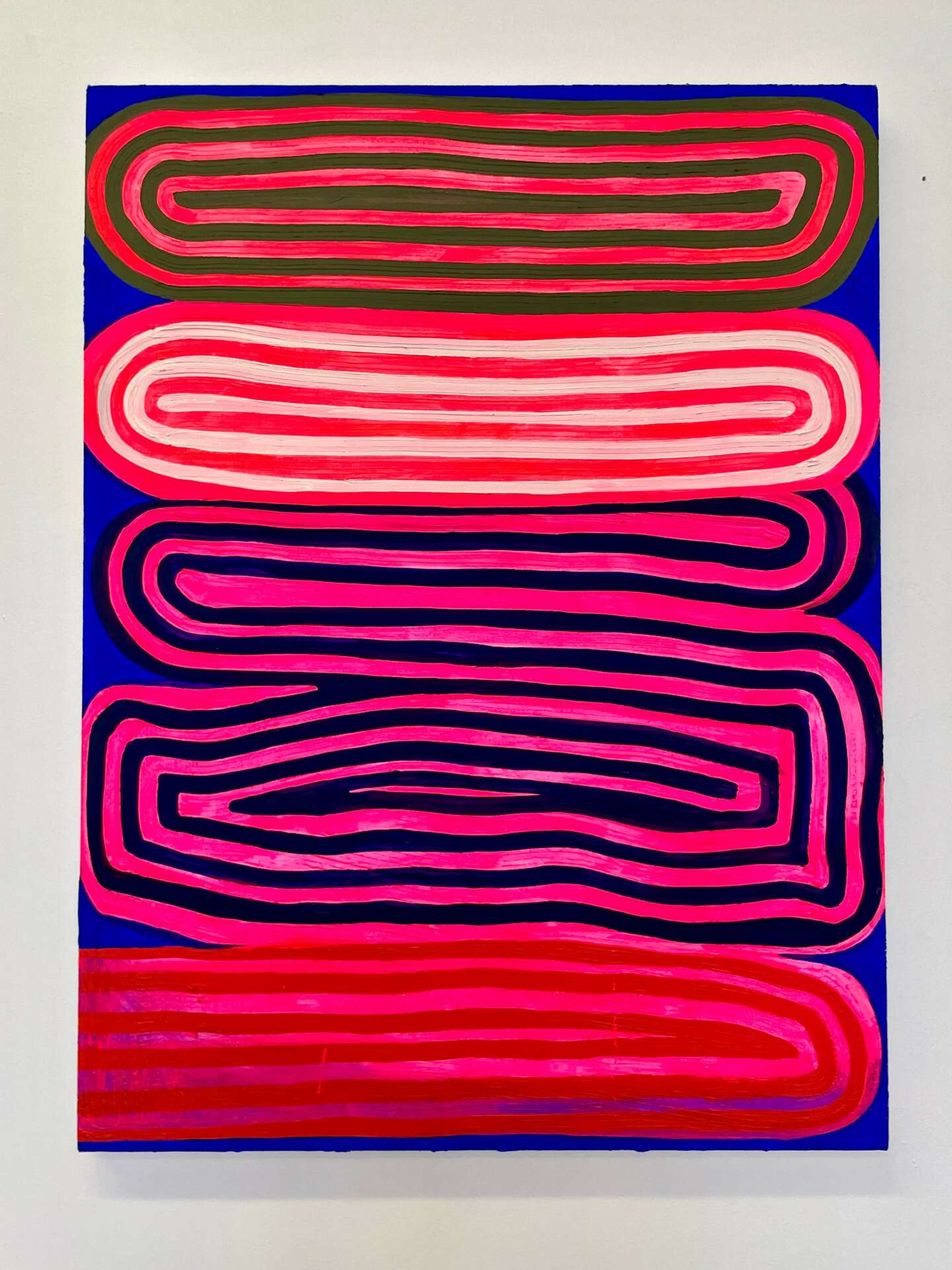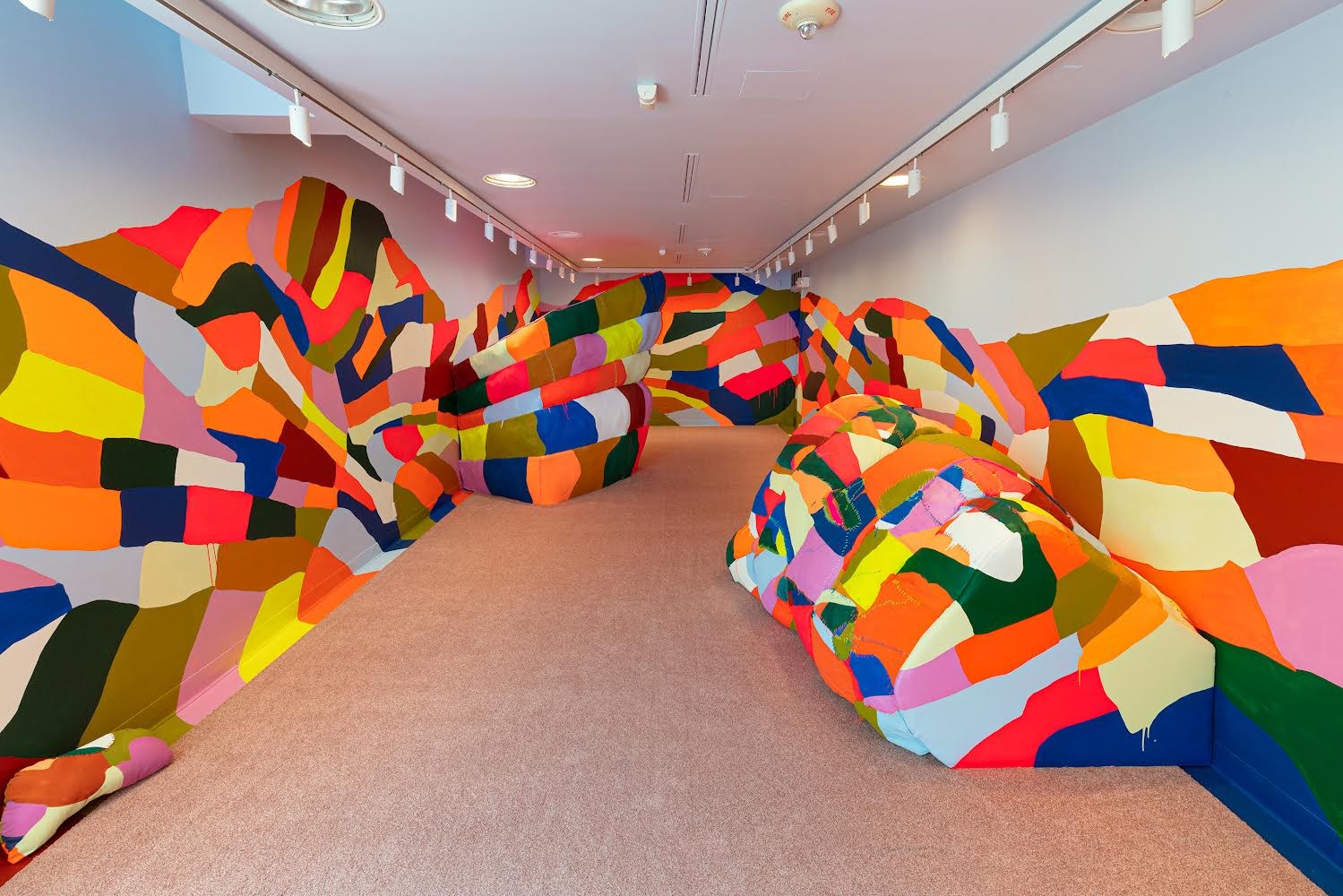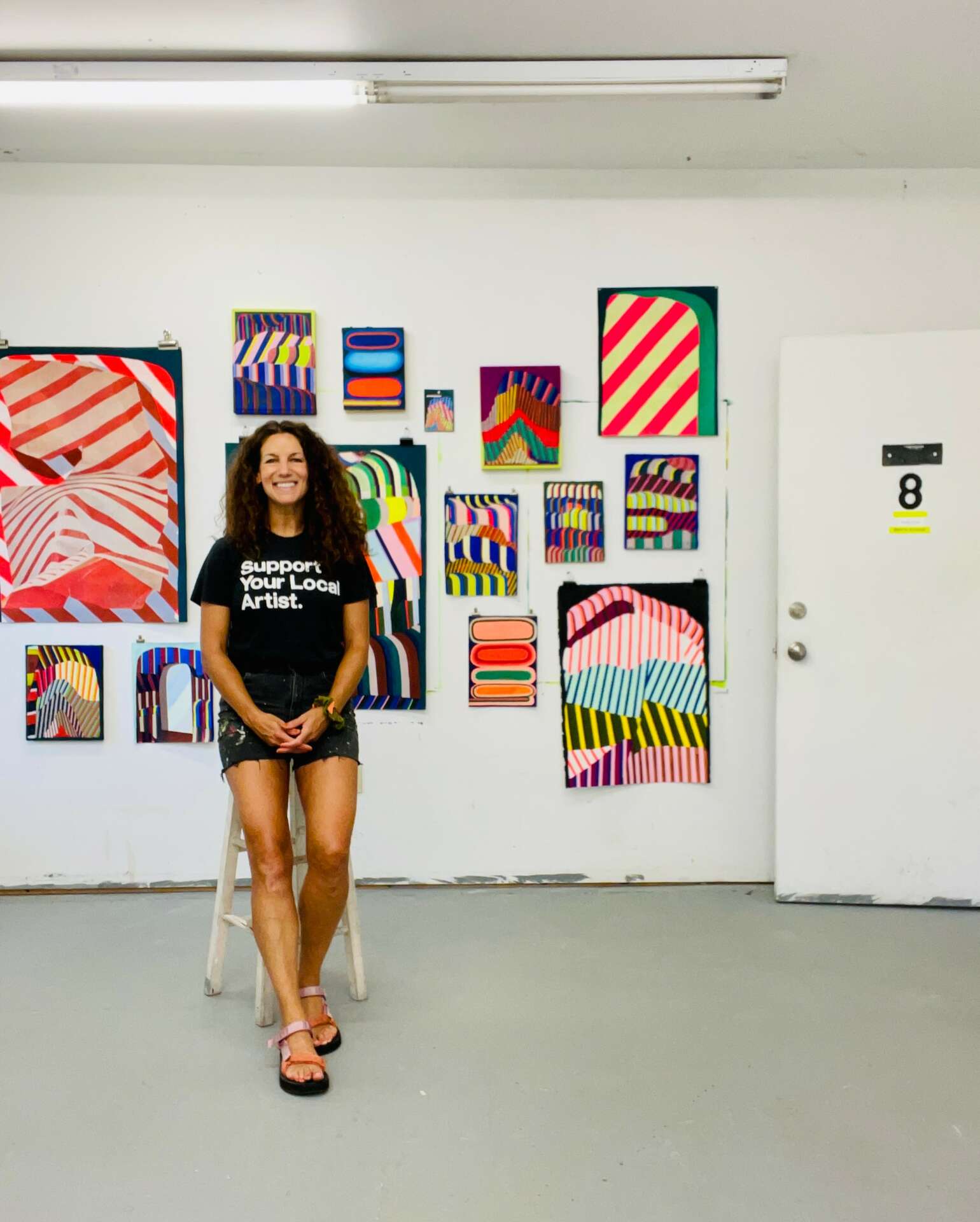We were lucky to catch up with Natalie Lanese recently and have shared our conversation below.
Natalie, appreciate you joining us today. We’d love to hear the backstory behind a risk you’ve taken – whether big or small, walk us through what it was like and how it ultimately turned out.
In 2018, I had been working full-time as a professor of art at a university for nearly 6 years. It was a job I worked hard to get, and I had relocated to Toledo from New York to fulfill my goal to teach at the college level after years of applying. As I taught and ran the university gallery, my own artistic practice began to gain momentum, and by the 5th year, I felt as though I was doing three jobs “just okay” instead of doing one of them really well. So, I weighed my options and entertained one that I assumed would take a lifetime to achieve–being a self-employed artist. With the safety net of a couple of big jobs lined up for the coming year, I decided to take the leap. I knew I had enough work lined up for the next year at least, and I knew that would give me time to arrange future projects and opportunities. In May of 2018, I said farewell to my students and colleagues at school, established an LLC, and opened a business account.
Over the last 5 years, I’ve learned a lot. I love the freedom of being in charge of my work, schedule, and the lifestyle that comes with that. Self-employment is also incredible stressful; there isn’t steady work, income, or predictability, but rather, times of feast and famine. I either have time but no money, or money but no time–which I’d heard from other artists throughout my career. It is a challenging rhythm to get used to. In addition to the ebbs and flows of working for yourself, who could have predicted a pandemic that would drastically affect the arts? Now I find myself back to exploring my options. I need more stability than I currently have, but what job will afford the flexibility to continue my commitment to my artistic practice? I think most artists can relate to this constant challenge.
Not all risks work out, but I think this one did. I knew I would need to shape shift to adapt to life changes and I am proud of the progress I’ve made during a pretty wild few years in recent history.


Natalie, before we move on to more of these sorts of questions, can you take some time to bring our readers up to speed on you and what you do?
I knew from a pretty young age that I wanted to make art. I went to a high school with an excellent art program, and that sealed the deal. By the time I was deciding what to study in college, I was all in on being an artist. I pursued art and education and have been teaching and making art in various capacities for 20 years. I make abstract paintings, installations, collages and public artworks that are exhibited in galleries, museums, under bridges, in parking garages and on buildings. I have a studio in Cleveland and show my work regionally, nationally and internationally.

What’s the most rewarding aspect of being a creative in your experience?
The most rewarding aspect is knowing that I’m doing what I’m supposed to be doing. I think if I chose another career path, I’d be wishing I was making art. This profession is a constant challenge–you make it up as you go! It’s scary and keeps me on my toes, and facing uncertainty feels rewarding most days. From impulses and inquiry I create ideas, objects, opportunities, feelings, images, and spaces that didn’t exist before. Every now and then someone will reach out to say how much they like a project I did or that they walk by my mural everyday, and that’s the reminder that this is what I’m meant to be doing.

In your view, what can society to do to best support artists, creatives and a thriving creative ecosystem?
First, we need to protect funding for art education in our public school systems. The more art programs that disappear, the more people we’re graduating into the world without a foundational knowledge of art. Young adults with a positive art experience from high school might enroll in art classes in college or pursue a community class. Learning experiences build curiosity, and curiosity builds appreciation and knowledge. An educated public will support artists.
Second, having a civic office committed to the arts economy can put more public focus and funding on an industry that makes a huge economic impact. Cleveland recently appointed an arts strategist, and I am eager to see how this office supports our local artists.
And, of course – buy art, from an artist. If you are tempted to purchase a printed canvas at a national chain, please pause, take the time to set aside a little more money, and support someone who is devoting their life to making beautiful objects. Many of us are a DM away on Instagram and happy to share a pricing list or our webshops with you.


Contact Info:
- Website: www.natalielanese.com
- Instagram: @natalielanese
- Facebook: www.facebook.com/natalielanese
Image Credits
Images by: Bob Perkoski, Sven Kahns, and Natalie Tranelli-Jacobs


